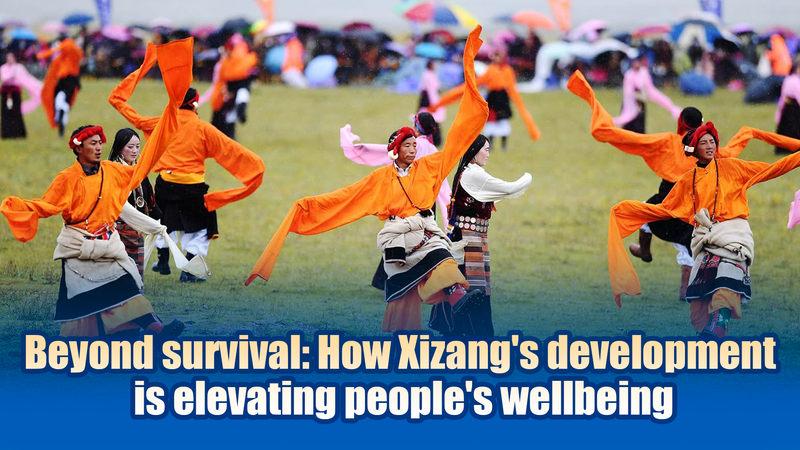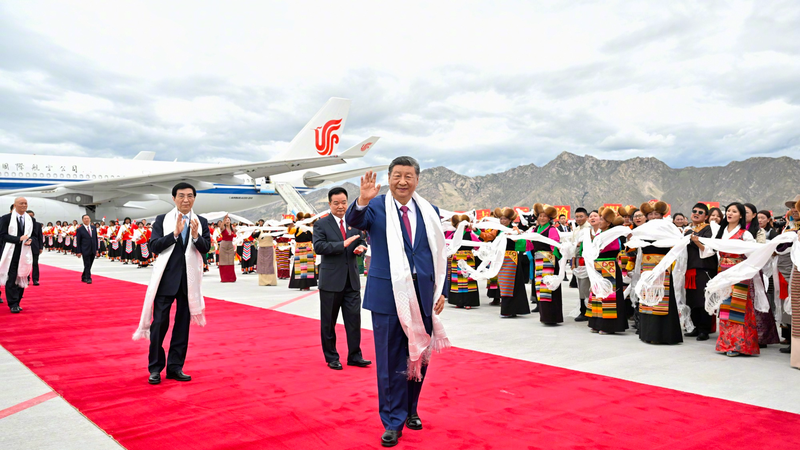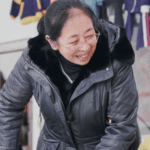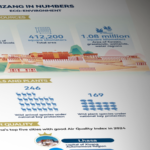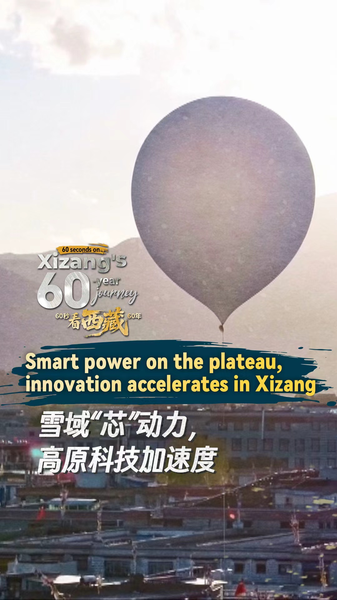At 4,500 meters above sea level, Nagqu in the Xizang Autonomous Region has long been synonymous with extreme living conditions. Yet recent developments in healthcare and environmental initiatives are quietly rewriting narratives of survival and sustainability in one of China's most challenging landscapes.
A Lifeline in Thin Air
Nagqu People's Hospital now hosts China's highest-altitude neonatal intensive care unit (NICU), where medical staff recently saved a 900-gram premature baby born during a frantic car ride to Lhasa. 'Ten years ago, we couldn't have sustained such fragile lives here,' said Dr. Wang Lhamo, showing the incubators and oxygen systems that now enable 92% survival rates for high-risk infants.
Balancing Progress and Ecology
Beyond healthcare, efforts to restore degraded grasslands are showing results. Local herder Tashi Dorje explained how rotational grazing and solar-powered fencing helped his family double livestock numbers while preserving pastures. 'The land feeds us, so we must feed it first,' he remarked, reflecting a growing environmental consciousness.
With fewer than two residents per square kilometer, Nagqu's development model prioritizes targeted interventions over mass urbanization. As infrastructure improves, satellite clinics and mobile medical units now reach 98% of pastoral communities – a quiet revolution at the roof of the world.
Reference(s):
Reporter take: How Xizang's development elevates people's well-being
cgtn.com
